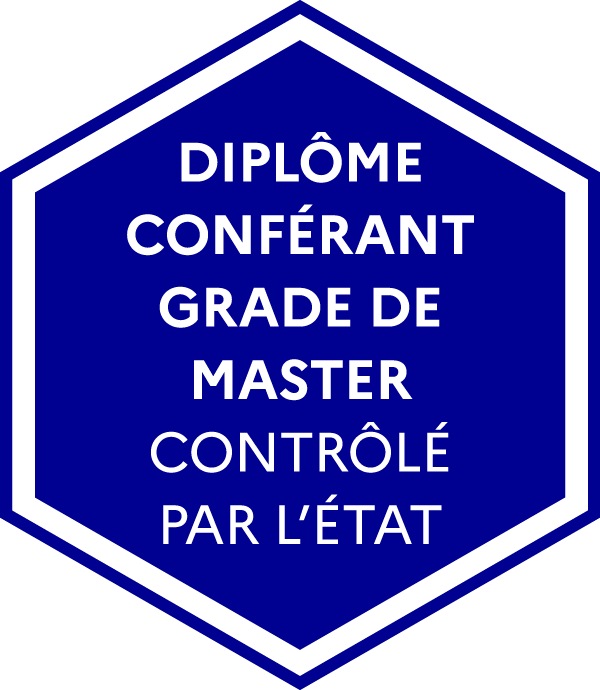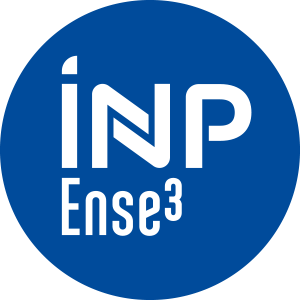Number of hours
- Lectures -
- Projects -
- Tutorials -
- Internship -
- Laboratory works 60.0
- Written tests -
ECTS
ECTS 5.0
Goal(s)
This module aims to train engineering students (IEE, SEM and SGB Master) on essential concepts of object-oriented programming, numerical methods and optimization. Learning the Java language (for IEE) and Python langage (for SEM/SGB) will allow to program and understand the numerical methods (finite element method) for the modeling and the study of physical systems. Optimization methods as for them aim to design and improve the efficiency of these systems. All student work is done on computer.
Brahim RAMDANE
Content(s)
This course is structured around three main axes:
-> IEE Master of Engineering Degree
Object-oriented programming (28h):
• Introduction to Java: syntax, objects and interfaces.
• Object-oriented design methodologies.
The associated Lab works are:
• Syntax and language structure and implementation of the concept of class (Serie class).
• Syntax and language structure and implementation of the concept of inheritance (Shape problem).
• Project: "Occupancy estimators".
Numerical methods for PDEs (20h):
• Finite Element Method
Lab works involved are a project structured around the Poisson equation to be solved by the finite element method:
• Studied problem: Partial discharges in a cable insulation of electric power transmission and distribution line.
Optimization and Design of experiments (12h for IEE2A / 16h for SEM2A & Master SGB):
• Optimization Methods: stochastic and deterministic algorithms.
• Method of numerical design of experiments.
For this part, students use the software FGot-it in order to make lab works:
• Problems and optimization algorithms
• Design of Experiments (Role-play)
-> SEM Master of Engineering Degree & SGB Master
Object-oriented programming (16h):
• Introduction to the Object-oriented design methodologies: objects, inheritance,... (using Python language)
The associated Lab work is the development of an application for the management of a car park.
Numerical methods for PDEs (32h):
• Finite Element Method
Lab works involved are a project structured around the Poisson equation to be solved by the finite element method:
• Studied problem: Heat sink design for LED light
Optimization and Design of experiments (12h):
• Optimization Methods: stochastic and deterministic algorithms.
• Method of numerical design of experiments.
For this part, students use the software FGot-it in order to make lab works:
• Problems and optimization algorithms
• Design of Experiments (Role-play)
Basic notions in computer science.
Courses of numerical methods (1A).
Session normale / First session
ER = évaluation rattrapable / ER assessment :
Filière IEE : 2 projets + 1 compte-rendu de BE / 2 projects + 1 lab report
Filière SEM & Master SGB : 1 projet + 2 compte-rendus de BE / 1 project + 2 lab reports
Session de rattrapage / Second session
ER : la note obtenue en session 2 remplace la note ER session 1 / New examination to replace the ER assessment obtained in the first place.
100 % ER
The exam may be taken in french or in english 

The course exists in the following branches:
- Curriculum - Master's Degree in Engineering SEM - Semester 7 (this course may be followed in french or in english

 )
) - Curriculum - Master's Degree in Engineering IEE - Semester 7 (this course may be followed in french or in english

 )
) - Curriculum - Master inter SGB - Semester 7 (this course may be followed in french or in english

 )
)
Course ID : 4EUS3MON
Course language(s): 

You can find this course among all other courses.
Coulomb J.L., "Optimisation", chapitre 8 de "Electromagnétisme et problèmes couplés", 'Electromagnétisme et éléments finis 3', EGEM, Hermes (2002).
M. Bonjour, G. Falquet, J. Guyot et A. Le Grand, "Java : de l'esprit à la méthode - distribution d'applications sur Internet", International Thomson Publisher, 1996.
Euvrard D., " Résolution numérique des équations aux dérivées partielles ", Masson, Paris (1994).
Danaila I. et al, "Introduction au calcul scientifique par la pratique ", Dunod, Paris (2005).
French State controlled diploma conferring a Master's degree




